For many of us, the COVID-19 pandemic brought with it more than its fair share of mental health challenges, with an estimated 10 million people thought to need additional or new mental health support as a result of the crisis. 2020 was a difficult year, but there is hope: for many, it was also a year of coming together, seeking help, and helping others.
In December, The New York Times reported on the uptick of mental health start-ups aiming to make treatment more accessible. These services took fresh and innovative approaches to a long-term problem, providing support, diagnosis, and care to people who need them. Meanwhile, more people turned to teletherapy to cope with an uncertain time.
In some ways, 2020 prompted a long-overdue overhaul of the way we think about mental health, as more people opened up about treatment and challenged harmful stigmas. According to a recent Verywell study of 1,000 Americans in online therapy, 90% of people surveyed agree that seeking out mental health services is a true sign of strength. 89% agree that society would be better off if more people sought mental health services, while 91% said that more people should try online therapy.
These positive changes in our understanding of, and discussions surrounding, mental health have been reflected in the media. Recently, celebrities like Demi Lovato and Billie Eilish have spoken out about mental health, as have brands like Kenneth Cole and Boohoo. In 2020, JanSport launched #LightenTheLoad, a campaign connecting young people with mental health resources and tools. For many, these are the kinds of images and messages that will continue to define the way we talk about mental health in 2021.
Commercial images have always influenced the way we perceive the world, and the history of mental health in stock photography is a complicated one. As Time to Change, a social movement changing the way we think about mental health, points out, one in four of us has a mental health problem, and yet, inappropriate images relating to these topics are still commonly used today.
Well-known examples of these inaccurate visuals include people staring out the window, sad and dejected, sitting with their heads in their hands, biting their nails, or otherwise in distress. These generic photos of isolated people in distress aren’t just inaccurate and stereotypical; they might also increase the stigma and discrimination against people with mental health challenges. Whether you’re shooting stock photos, or using them, we recommend checking out Time to Change’s media guidelines on using images.
Luckily, in the past few years, photographers, image distributors, and media companies have made strides toward a more accurate and nuanced portrayal of mental health issues. A few years ago, for instance, Getty Images, in collaboration with the Be Vocal campaign, helped launch the Be Vocal Collection: a curated selection of free photographs helping tell the stories of people living with depression, anxiety, bipolar disorder, and PTSD.
While the stock photography of years past mostly featured models of the same ages, races, genders, and backgrounds, the Be Vocal Collection reflected the reality of those of us living with mental health challenges—that is, we don’t all look the same, and we don’t all share the same backgrounds. The images highlighted the interests, passions, occupations, and experiences of real people, through authentic moments captured in their daily lives.
The year Getty Images launched the Be Vocal Collection, the media leader also saw the search team “mental health” grow by 70% among clients. The demand for these sensitive, realistic portrayals of mental health hasn’t slowed down since, as more people, brands, and media-makers realize the importance of covering these themes in fresh ways.
At the start of 2020, research for Getty Images revealed that 91% of consumers think it’s important to talk about mental health, while 90% say they take care of themselves emotionally. Throughout the year, amid the COVID?19 pandemic, they saw significant increases in searches relating to mental health, including “online therapy,” “togetherness,” and “resilience.” People also looked for images associated with self-care and wellbeing, with searches like “yoga at home” and “meditation at home” trending.
More recently, 500px launched the Reimagining Mental Health Commercial Grant as part of the 500px Commercial Grants Program, which celebrates inclusivity in commercial photography. They’ll award a total of $5,000 to five photographers covering mental health topics in broadly representative, nuanced ways. “Representation within mental health advertising can often provide people with clarity and hope, even though it is something deeply and profoundly personal,” the 500px team says.
It’s important to show that while many of us experience mental health problems, we also find ways to cope, heal, and overcome. Going forward, outdated, negative portrayals of mental health issues will continue to be replaced by positive, relatable photos of people taking care of their mental health.
That can mean something different for everyone, whether it’s seeing a therapist or psychiatrist; practicing meditation, sound therapy, or aromatherapy; connecting with loved ones; playing with and walking our pets; or something else. For some of us, including the author of this article, it means taking medication, though Time to Change points out that showing pills isn’t always accurate or appropriate, as many with mental health problems don’t take medication.
A survey from The Harris Poll on behalf of Samueli Integrative Health Programs shows that the COVID-19 pandemic has increased awareness and implementation of self-care, with 64% of respondents saying they are more focused on their mental health than ever before. For some, that might look like eating healthier foods or exercising; for others, perhaps it includes spending time outdoors or participating in more creative activities.
For your next commercial photoshoot, seek inspiration in your life and community; visualize how you take care of your mental health, and invite collaboration from models, friends, and family. Create self-portraits, or give us a behind-the-scenes look at someone’s daily life, hobbies, interests, and coping skills. As with any theme, remember to be inclusive; mental health challenges affect everyone, and that diversity should be reflected and represented.
When keywording your photographs, steer clear of offensive terminology, and include relevant terms that provide context. For example, a photo of someone drinking tea or mediating could be tagged “mental health”, “wellbeing”, “self-care”, or “wellness”, as long as the terms are accurate to the subject and scene. The same is true for photos of someone seeing their therapist virtually from home.
“When it comes to the subject of mental health, we often only think to visualize the negative side, but it’s our responsibility to help build a more positive visual culture around this topic,” the 500px team tells us. “These kinds of images can help to reduce the stigma around mental health and wellness. Instead of victimizing those who deal with mental health challenges, they show how we can manage our mental health and take care of ourselves.” We can’t think of anything more important than that.
Not on 500px yet? Click here to learn about Licensing with 500px.

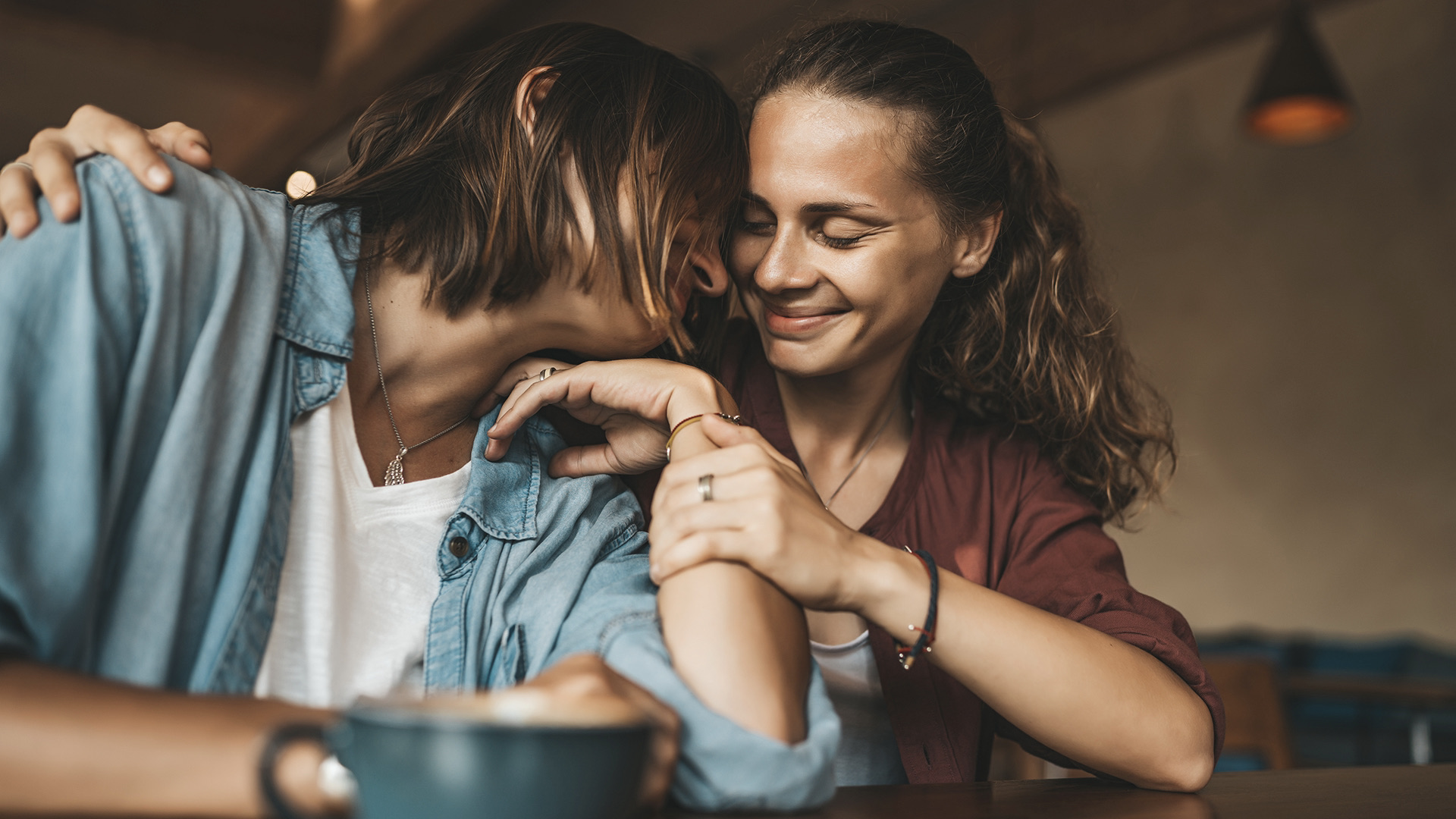
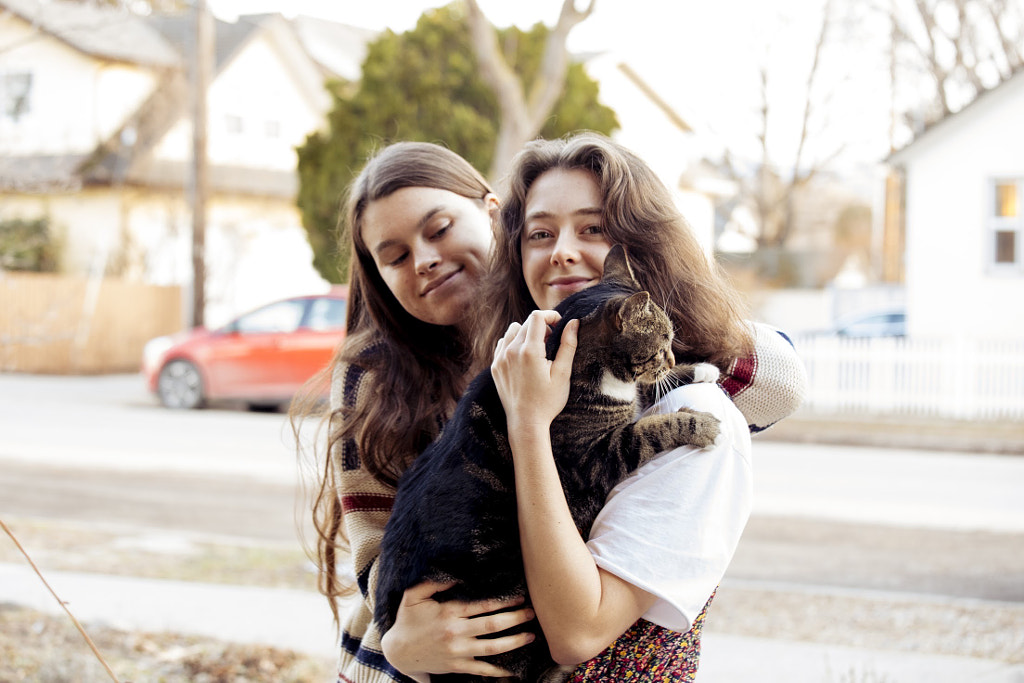
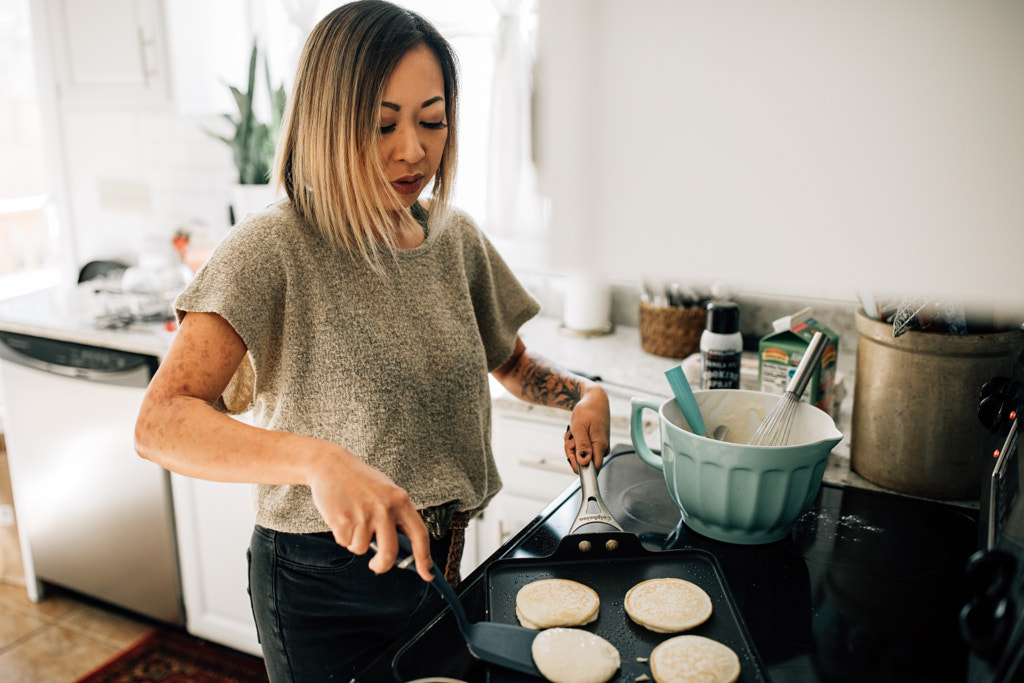
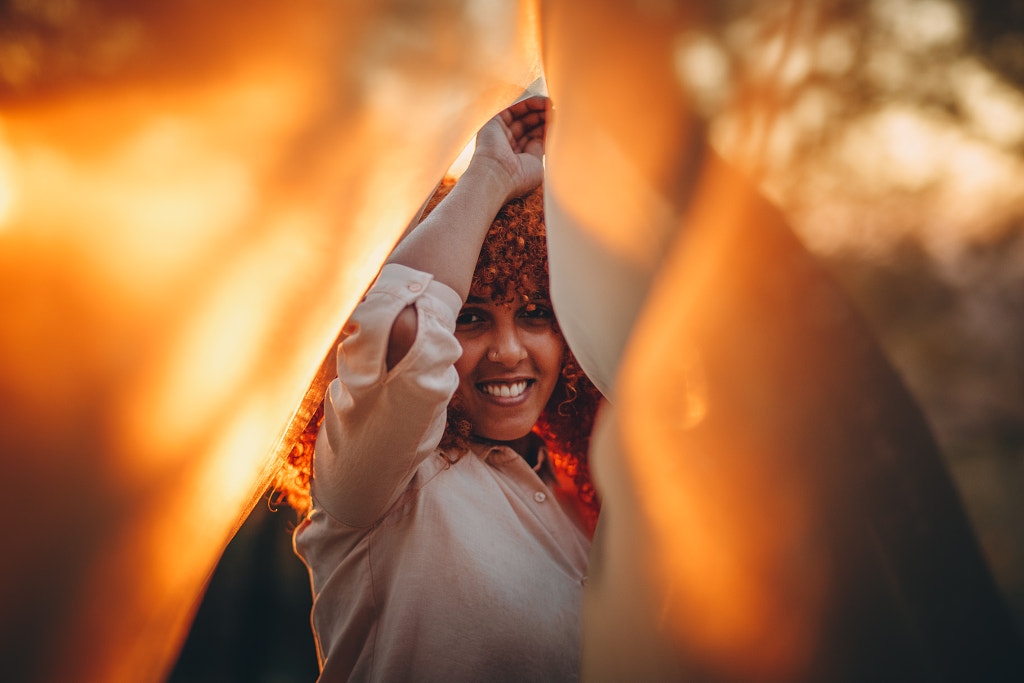
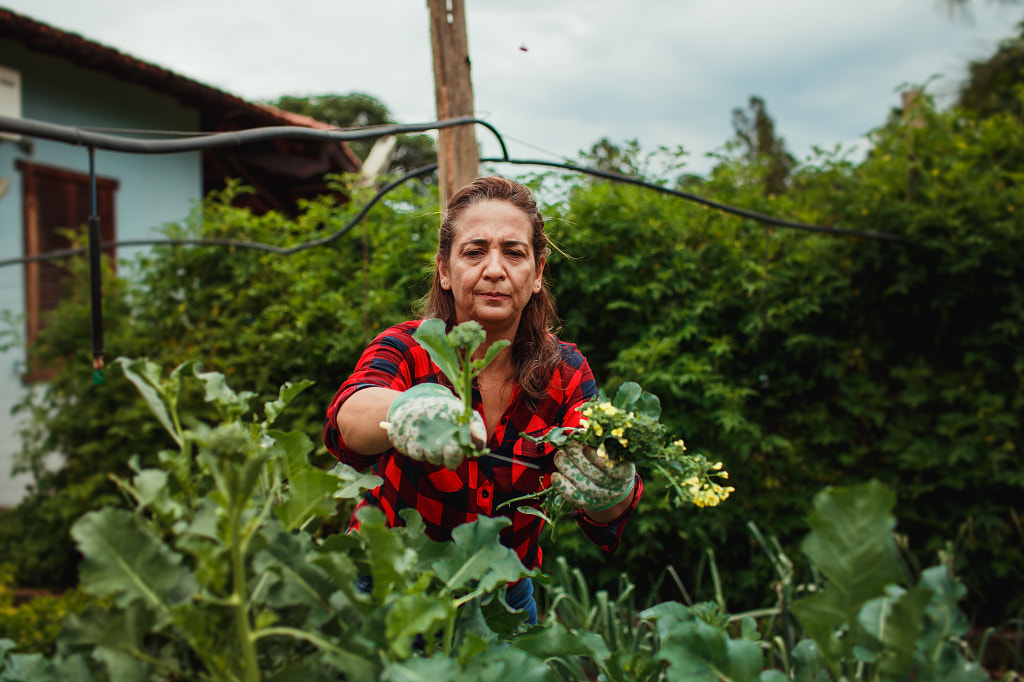
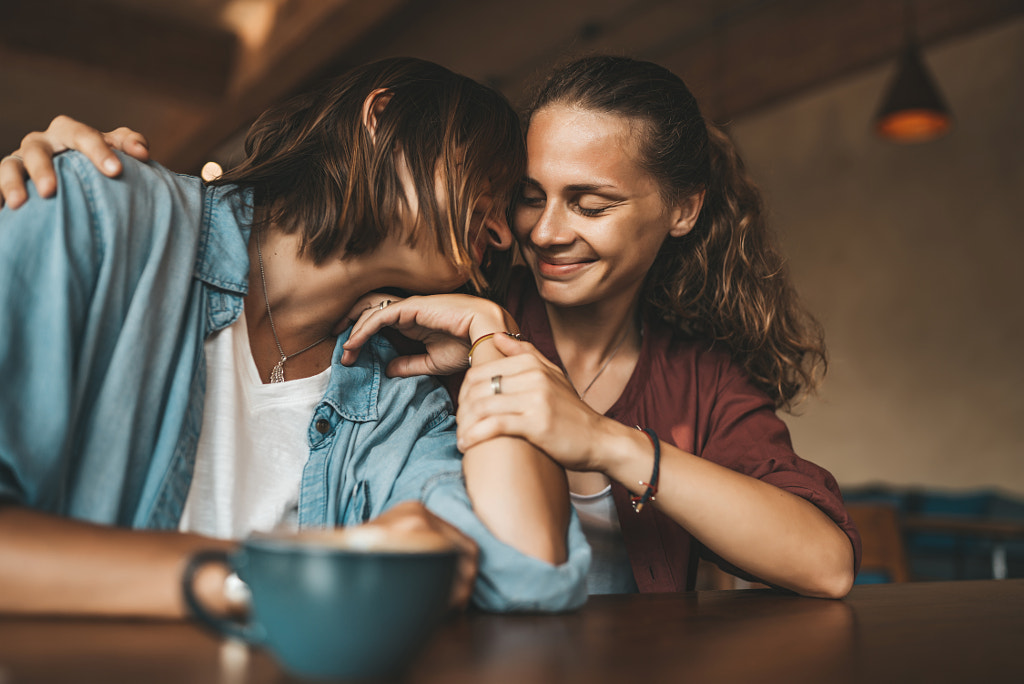
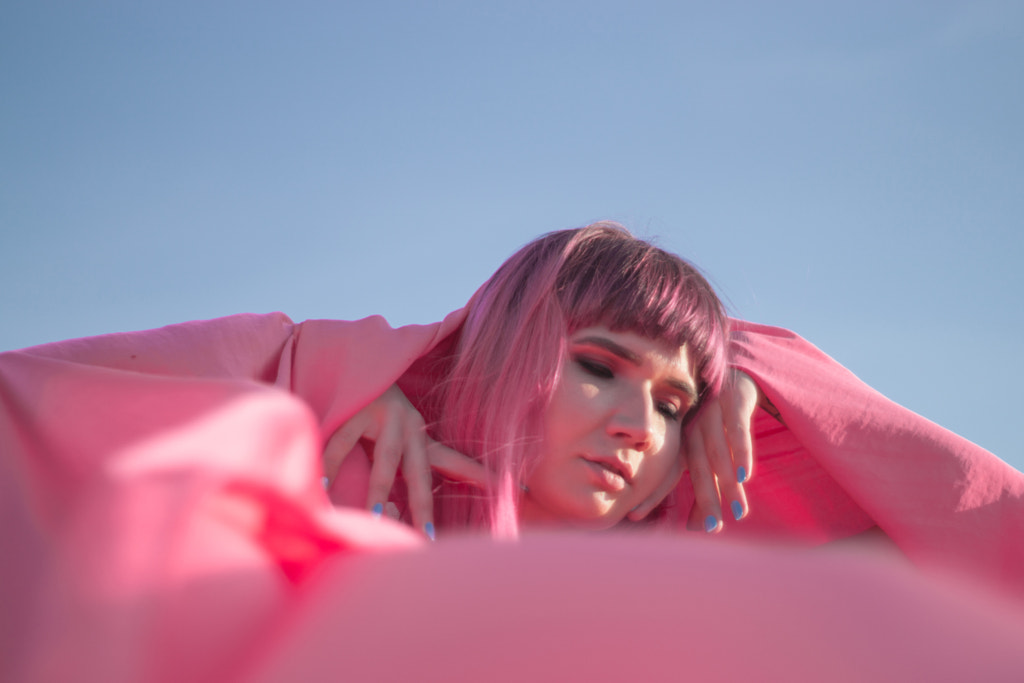





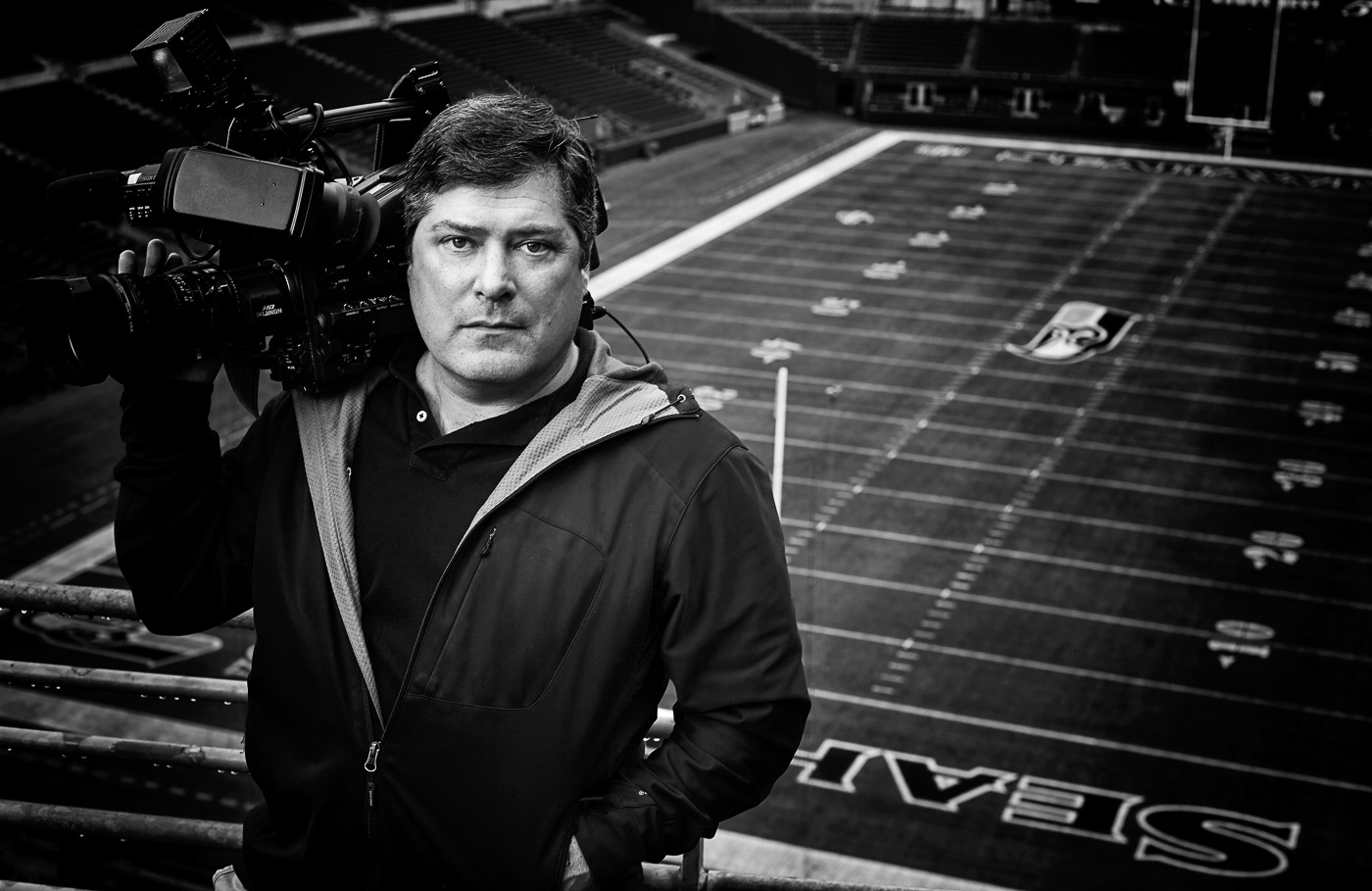

Leave a reply